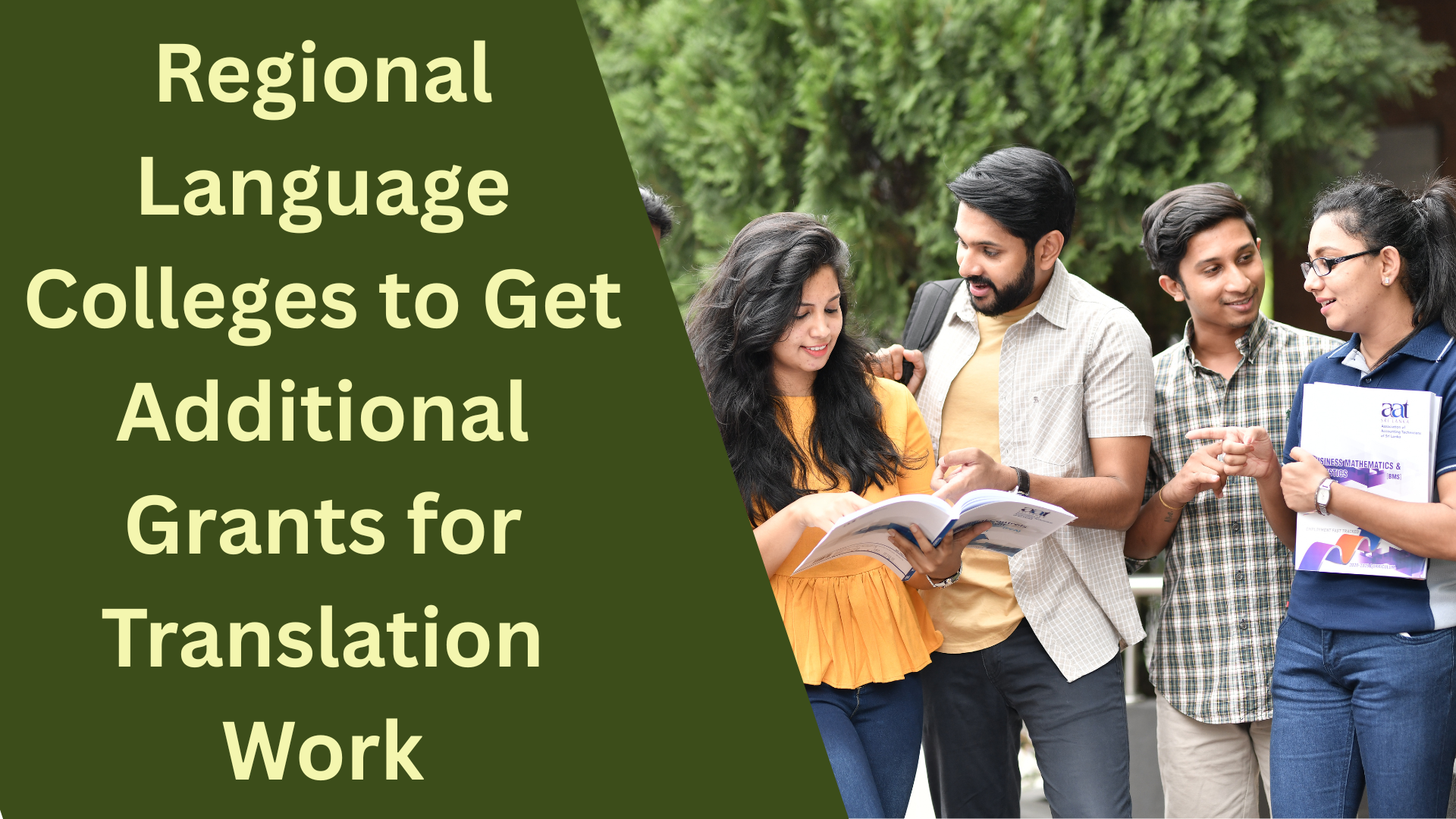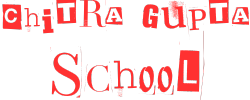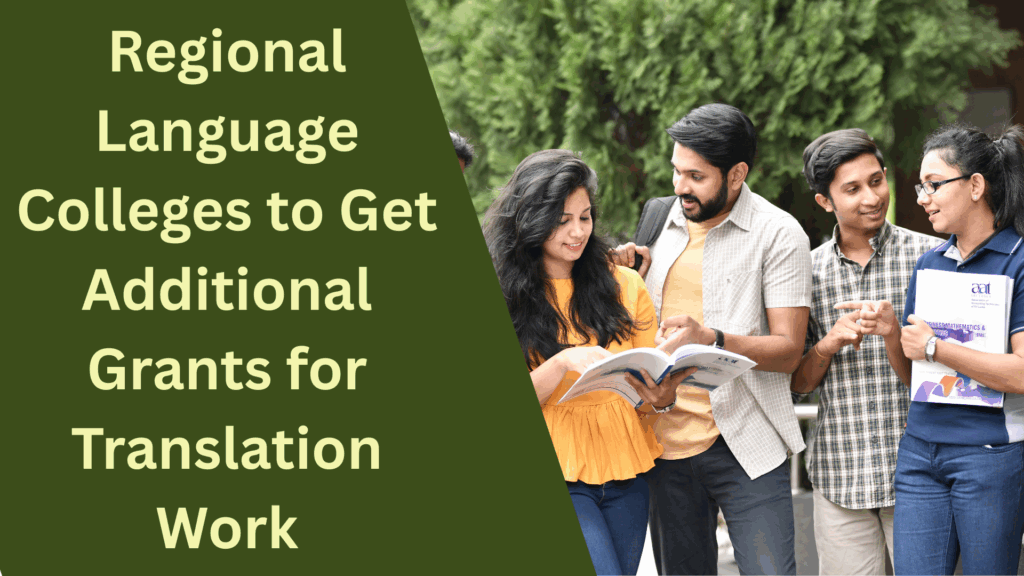This post provides essential information about the Regional Language Colleges to get additional grants for translation work; read and learn the details here.
Regional Language Colleges to Get Additional Grants for Translation Work
In a decisive move to promote linguistic inclusivity in higher education, the Ministry of Education, along with the University Grants Commission (UGC), has introduced a new funding scheme that will provide additional grants to colleges offering education in regional languages. The grants will specifically support the translation of academic content, development of teaching resources, and enhancement of regional language infrastructure.
The scheme, which will roll out in early 2026, is aligned with the goals of the National Education Policy (NEP) 2020, which emphasizes the importance of education in mother tongues and regional languages to foster better comprehension and access.
Scope and Purpose of the Translation Grants
The grants aim to enable regional language colleges—both public and aided institutions—to translate critical academic materials from English and Hindi into regional languages such as Tamil, Telugu, Marathi, Bengali, Kannada, Malayalam, Gujarati, Odia, and Assamese, among others.

We will allocate funds for the following activities:
- Translation of textbooks and reference books in science, humanities, and commerce
- Creation of digital e-books and video lectures in local languages
- Hiring of language experts and academic translators
- Workshops and training for faculty to improve multilingual content delivery
- Development of technical glossaries and terminology banks in Indian languages
The goal is to make quality higher education more accessible to students who are more comfortable learning in their native language, especially in rural and semi-urban regions.
Eligible Institutions and Criteria
The following institutions will be eligible for the grants:
| Type of College | Priority Consideration |
|---|---|
| State government colleges | Offering full-time degree programs in local languages |
| Rural universities | Located in districts with high regional language dependency |
| Language-specialized colleges | Institutions dedicated to linguistic and cultural studies |
| Teacher training institutes | Using regional languages as medium of instruction |
Institutions must submit a content digitization and translation proposal to the UGC to avail funding, along with details of the courses and materials they plan to translate.
Grant Distribution and Utilization Plan
Each qualifying college can receive up to ₹1.5 crore per year under this scheme, which can be utilized for:
| Grant Component | Purpose |
|---|---|
| Human Resources | Hiring translators, content reviewers, editors |
| Technology Infrastructure | Software, language processing tools, LMS integration |
| Resource Development | Printed and digital translations, voiceovers |
| Faculty Capacity Building | Translation workshops and academic retreats |
The UGC will oversee the implementation through annual review reports, and it may award performance-based incentives to institutions that demonstrate exceptional progress.
Benefits for Students and Faculty
We expect the additional translation grants to yield far-reaching benefits:
- We expect the additional translation grants to yield far-reaching benefits:
- in dropout rates due to language-related academic hurdles
- Empowerment of faculty to deliver content confidently in local languages
- Development of contextual learning material rooted in local culture and relevance
- Boost research publication in regional journals and conference proceedings
Moreover, it will allow students from non-metropolitan backgrounds to compete more effectively in competitive exams and higher studies, especially those unable to fully grasp technical subjects in English.
Paving the Way for Multilingual Academic Excellence
This initiative is a major step toward realizing the NEP’s dream of equitable and inclusive education. As regional language institutions receive the tools and funding they need, they will play a key role in revitalizing indigenous knowledge systems and fostering academic excellence across linguistic boundaries.
The government has also indicated that a National Repository of Translated Academic Content will be launched by late 2026, where colleges can share, collaborate, and access translated materials across subjects.
India’s diverse linguistic landscape is not a challenge but a strength. With focused investment in translation and regional learning tools, the country is preparing to unlock the full potential of its multilingual student population.
Thank you for reading this post on our page.





